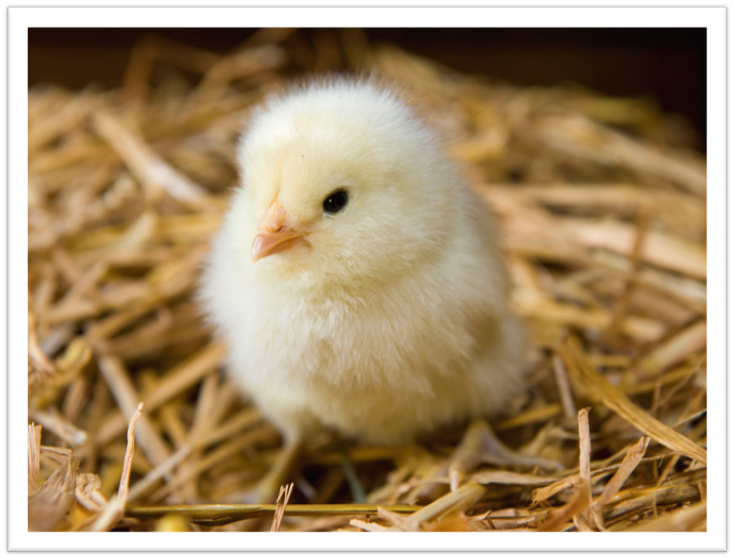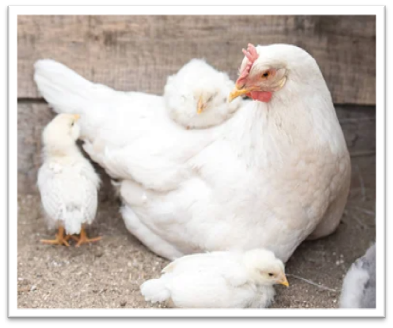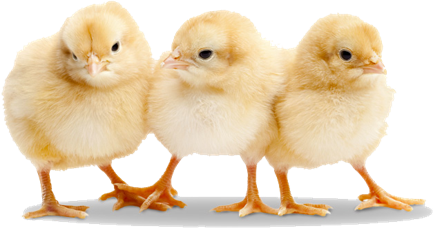
The result showed that chicks played more during certain ages than others as the amount of play increased during the first weeks of life, to then decrease after a certain age. This developmental pattern was the same for all types of play and former studies on play behavior have shown a similar result. However, there was barely any observations of play during the first days of testing, which could be due to the chicks not being habituated to the test arena before the first test occasion. In fact, the chicks showed signs of fear during the first test days as they stayed close together and devoted minimal time to movement. This may have had an impact on the result as chicks in a different setting may have started playing earlier than the chicks in this study. After a few test days, there was an increase in observed play, which could be due to the chicks no longer feeling threatened by the new environment.

The decrease in performed play behavior occurred at the same age as the hen usually stops taking care of her chicks. A very likely explanation for the decrease could therefore be the ceasing of maternal care, as this life event normally would force the chicks into more independence. Consequently, chicks will not have as much time that can be devoted to play, as other activities also must be considered. Previous studies have also shown that more play occurs in individuals under parental care.
There was no significant difference between treatments in the amount of play performed, but there was a tendency for hatchery chicks to play more than the control chicks. This was an unexpected and surprising result as previous studies have found less play in stressed individuals. However, there is an important difference between this study and previous studies that could explain the differences in the outcome. Previous studies have mainly been performed on animals with ongoing stress, whereas the chicks in this study have been exposed to stress in the past. It is possible that stress affects play differently depending on the time of stress exposure. The reason why stressed individuals played slightly more in this study could be due to a higher motivation to play as a compensation for previous stress.
Conclusions
Age is an important factor for play behavior as chicks play more during certain ages. There was a tendency for more play in hatchery chicks, which contradicts previous studies suggesting less play in stressed individuals. This can possibly be explained by compensatory play, but further studies are necessary to better understand play in chickens and how hatchery stress affects welfare.
